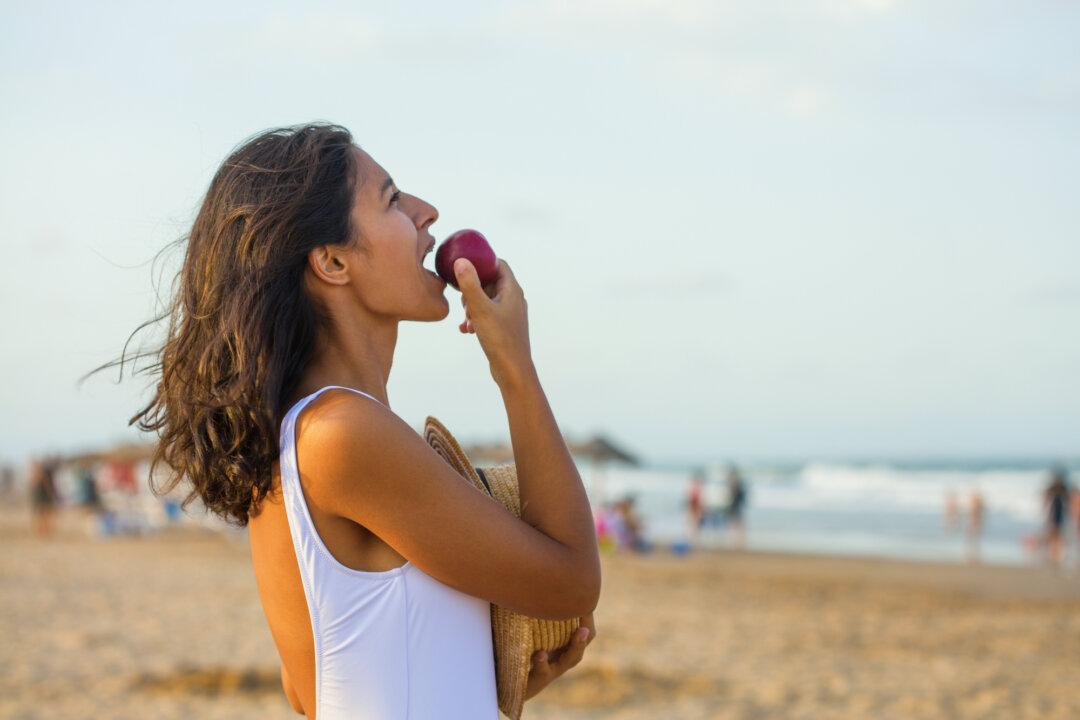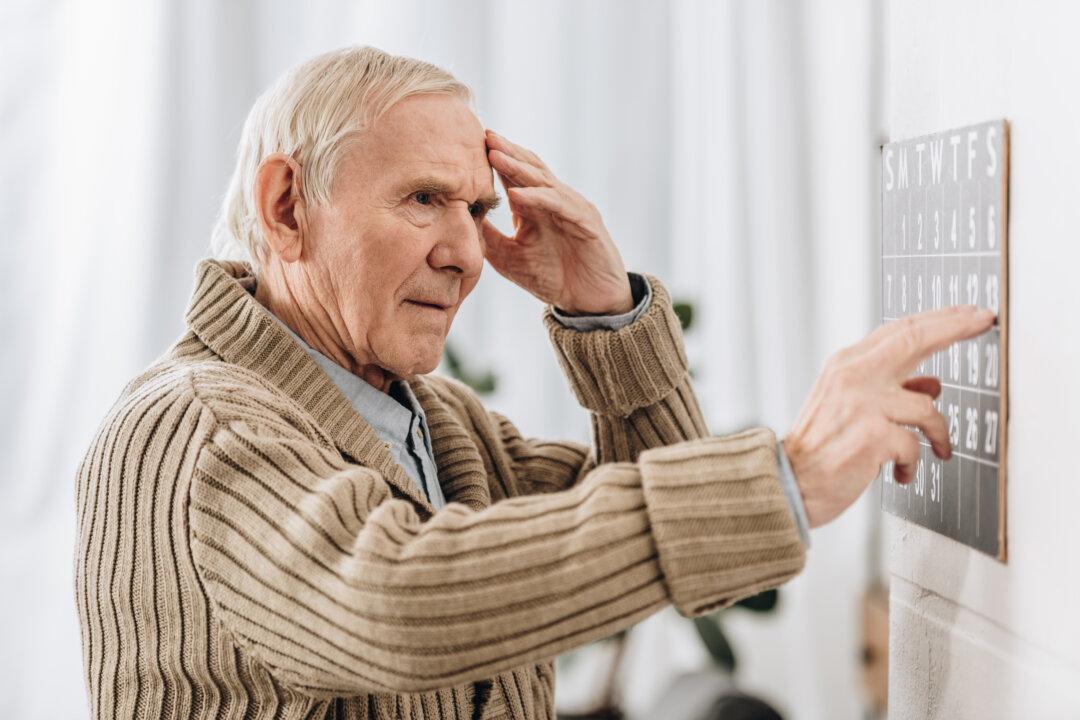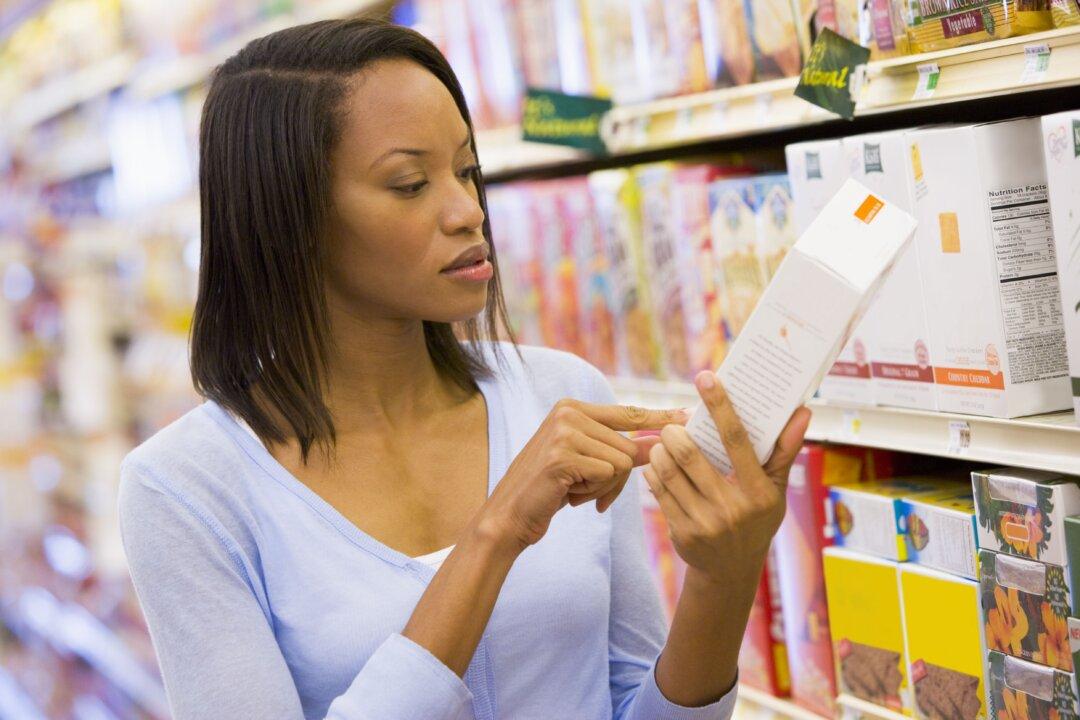Author, health coach, and health advocate Elizabeth Plourde has been on a one-woman crusade for more than a decade to see the use of all sunscreens banned worldwide.
Along with her editor-in-chief and publishing partner husband, Marcus, she’s waging an education war against misinformation that leads consumers to believe that they’re preventing skin cancer by using commercial sunscreens.





